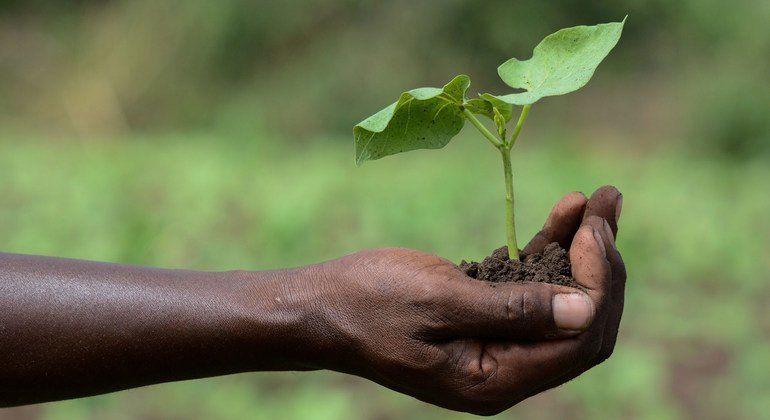The report estimates 8.2 percent of the world population (673 million people) experienced hunger in 2024below 8.5 percent in 2023 and 8.7 percent in 2022.
Latin America and Asia saw improvements, with the prevalence of not having 1.2 percent problems in Asia and 1 percent in Latin America and the Caribbean between 2022 and 2024.
However, 20 percent of the African population and 12.7 percent of people in the hunger of Western Asia, which show evidence of an unfortunately stable increase.
Of the 512 million projected people who could be chronic malnourished by 2030, almost 60 percent will be in Africa.
Sustainable Development Progress
Together, these figures and the evaluation of the report of the nutritional objectives under the sustainable development agenda underline the immense challenge of achieving the global objective of zero hunger.
Among the children's nutrition indicators, the prevalence of delay in delay between children under five years decreased by 3.2 percent from 2012 to 2024, but the proportion of overweight or waste children remains largely unchanged.
The increase in anemia between women aged 15 to 49 and the obesity of adults was also notable.
Crucially, while global food insecurity decreased only from 2023 to 2024, 335 million more people were affected in 2024 that in 2019Before the COVID-19 pandemic, and 683 million more than in 2015, when the sustainable development agenda was adopted.
Food inflation of the Covid era
The report was published by five UN agencies: the Food and Agriculture Organization (FAO), the International Fund for Agricultural Development (FIAD), the UN Children's Fund (UNICEF), the World Food Program (PMA) and the World Health Organization (WHO).
They pointed out that food safety and safety estimates remain above the pre-pandemics levels due to a “perfect storm” of Covid-19 inflation, the war in Ukraine and climatic shocks.
Speaking in the preview of the report on July 22, the chief economist of the FAO, maximum bullfighter, Cullen, highlighted the discovery that fiscal and monetary policies during the COVID-19 pandemic increased demand and inflation.
Combined with commercial food restrictions and basic products linked to war in Ukraine and ongoing climatic clashes, these factors drastically increased food inflation, hindering the postpandemic recovery of food safety and nutrition.
This perfect storm reached low and low average income countries, especially hard, which drives food inflation even higher than the already high global average.
As a result, although the number of people capable of paying a healthy diet increased worldwide between 2019 and 2024 despite increasing prices, it decreased in low and low income countries, where prices rose even more.
Recommendations and financing needs
The report recommends a combination of policy responses to combat global inflation of food prices. These include specific fiscal measures to protect the most affected, credible and transparent monetary policies to maintain inflation under control and strategic investments in agrofood systems.
The agency's report and leaders also stressed that financing is desperately necessary to address global challenges.
“Hunger remains at alarming levels, however, the necessary financing to address it is falling,” said the executive director of the PMA, Cindy McCain.
“This year, fund cuts of up to 40 percent mean that dozens of millions of people will lose the vital life line we provide,” he added.
“While the small reduction in general food insecurity rates is welcome, the continuous failure of providing critical help to people with desperate need will soon eliminate these gains gained hard, which will cause additional instability in the volatile regions of the world.”












